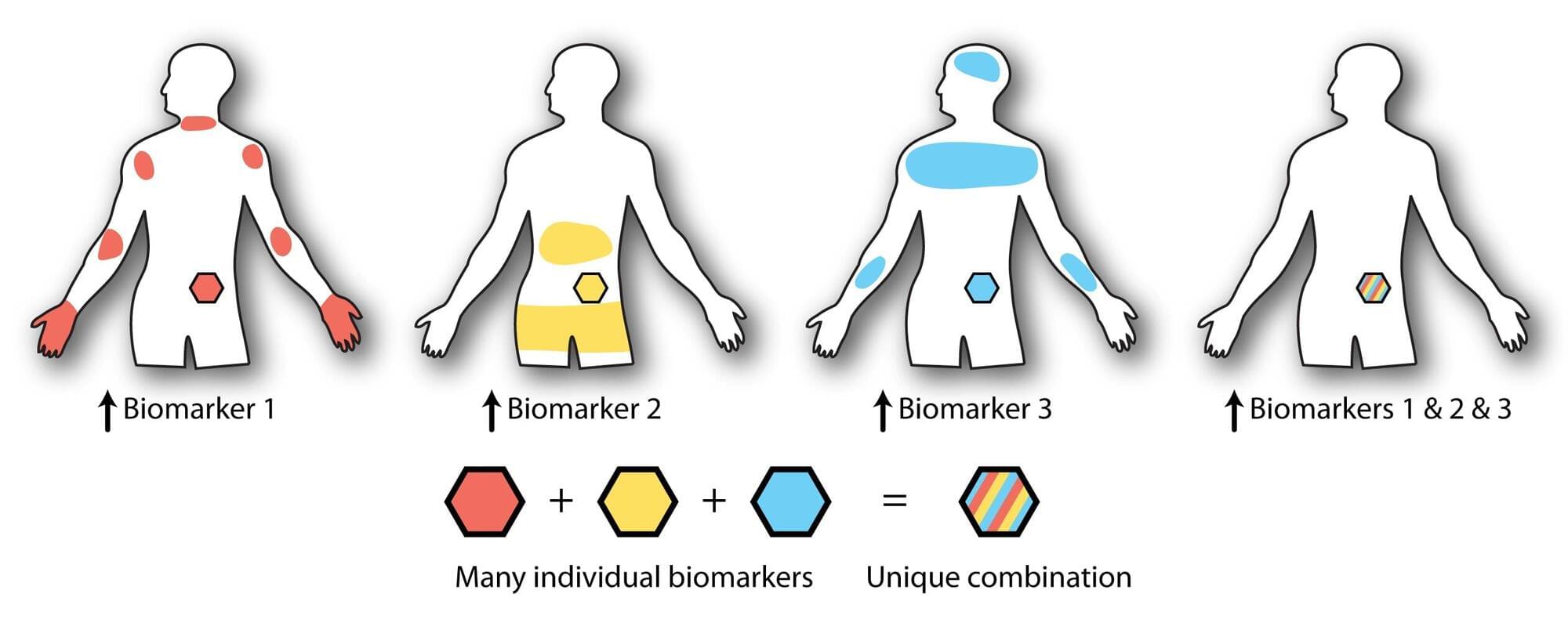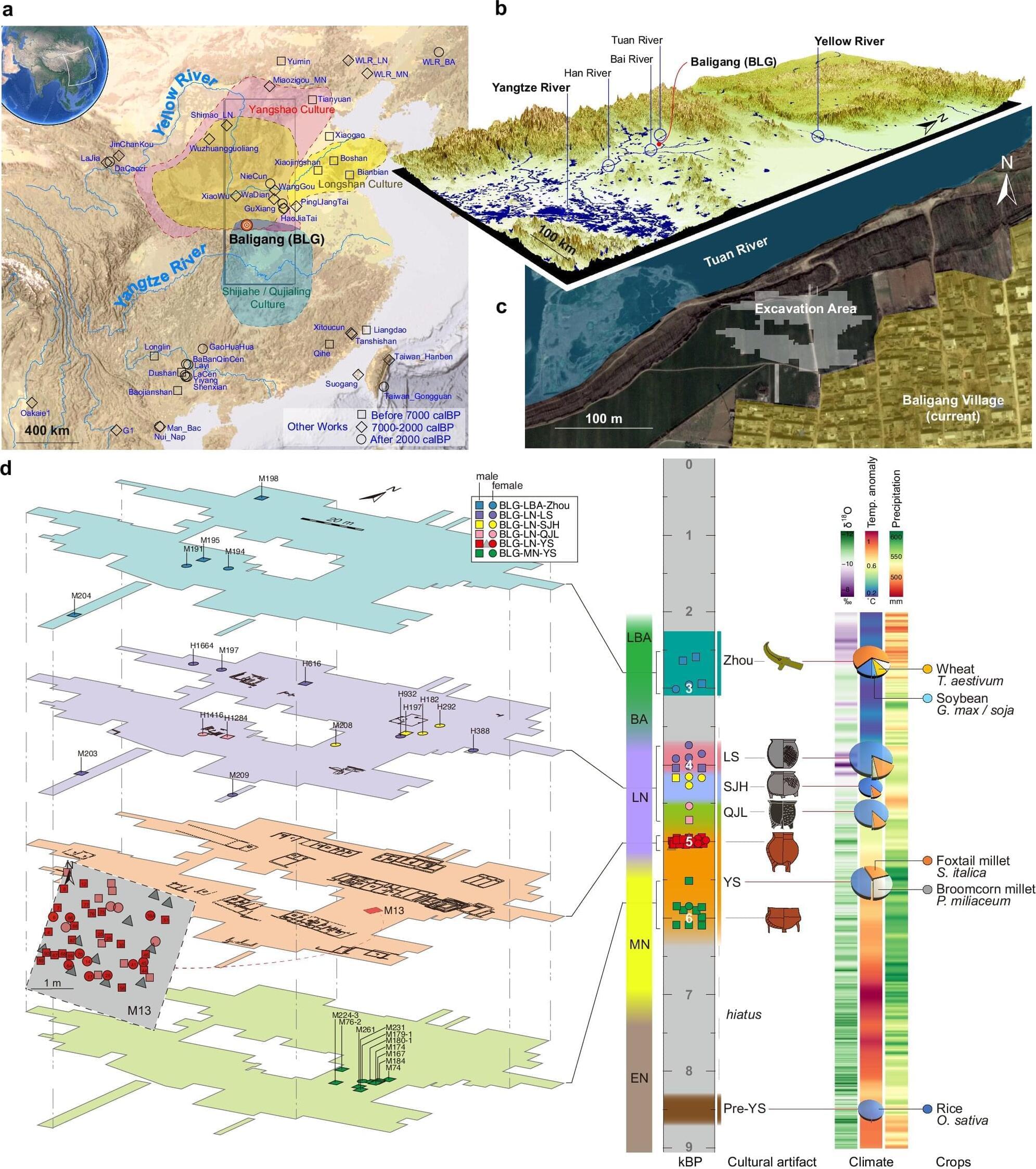The Seattle-based startup organization — known for spinning out companies at the intersection of AI and real-world applications — has closed an $80 million third fund to support about 70 new tech ventures over the next four years.




Targeted drug delivery is a powerful and promising area of medicine. Therapies that pinpoint the exact areas of the body where they’re needed—and nowhere they’re not—can reduce the medicine dosage and avoid potentially harmful off-target effects elsewhere in the body. A targeted immunotherapy, for example, might seek out cancerous tissues and activate immune cells to fight the disease only in those tissues.
The tricky part is making a therapy truly “smart,” where the medicine can move freely through the body and decide which areas to target.
Researchers at the University of Washington have taken a significant step toward that goal by designing proteins with autonomous decision-making capabilities. In a proof-of-principles study published in Nature Chemical Biology, researchers demonstrated that by adding smart tail structures to therapeutic proteins, they could control the proteins’ localization based on the presence of specific environmental cues.


Off the coast of Antarctica, the sea ice retreated toward the southernmost continent and, like a bottle cap taken off a soda bottle, that reduced pressure slowed down a process of critical carbon dioxide capture, dramatically accelerating the warming of the planet.
But all that happened thousands of years ago, one of the death knells of the last ice age.
And yet, the sea ice of our own age is also retreating, so it’s critical that we understand these oceanic processes that have such a profound effect on the globe.

Defining the spatial organization of tissues and organs like the brain from large datasets is a major challenge. Here, authors introduce CellTransformer, an AI tool that defines spatial domains in the mouse brain based on spatial transcriptomics, a technology that measures which genes are active in different parts of tissue.

UCLA scientists, together with a team of international collaborators, have identified a promising new treatment strategy that can detect, kill and reprogram aggressive, treatment-resistant tumors like osteosarcomas and glioblastoma.
The findings, published in the journal Signal Transduction and Targeted Therapy, describe a novel approach that uses a specially engineered antibody, called DUNP19, to target a protein called LRRC15 that is found on the surface of certain aggressive cancer cells and the supportive stroma cells surrounding them. By pairing the antibody with radioactive particles, scientists can both visualize tumors for precise imaging and deliver targeted radiation therapy directly to cancerous tissue, while sparing healthy tissues.
When tested in mice, the LRRC15-targeted radionuclide therapy effectively slowed tumor growth, extended survival, and altered the tumor microenvironment to make it more receptive to an immune attack.
The suspected causes of Alzheimer’s disease are diverse, and its cures are, today, nonexistent.
What’s all but certain is that many who today have the mental chops to wade through a detailed article about the disorder’s drivers and demographics will nevertheless succumb to it someday.
With no cure available, despite numerous attempts to find one, researchers are looking down new roads for treatments. A recent discovery by Stanford Medicine neurologist Mike Greicius, MD, may help clear one of those roads for faster passage.

But the key is to see AI as fundamental, not a feature add. AI moves us from rule-based tasks to intelligent decision-making. When leaders rush to automate without analyzing and redesigning processes first, they implement smart tools on top of outdated workflows, expecting immediate gains.
I’ve seen it happen: When you apply AI to a flawed process, the consequences scale quickly. Instead, redesign workflows with AI at the core. Make sure the process makes sense before applying the technology.
Critically, when redesigning processes, understand that implementation is about leadership, not tools. IT teams often focus too much on tools and infrastructure without aligning automation efforts to clear business outcomes. Without engaging leadership and your workforce early and addressing cultural resistance, adoption stalls—even if the technology works perfectly.

Scientists from Peking University have uncovered new genetic evidence that sheds light on how prehistoric people in China interacted, migrated, and built their communities. Led by Professors Huang Yanyi and Pang Yuhong from the Biomedical Pioneering Innovation Center (BIOPIC), the research reveals the first direct genetic proof of a patrilineal social system in Neolithic China.
The study, conducted in collaboration with Yunnan University and Minzu University of China, was published in Nature Communications on September 30, 2025.
The story of Chinese civilization begins along two great rivers: the Yellow River, known for its millet-farming cultures, and the Yangtze River, home to early rice agriculture. How people in these regions exchanged ideas, adapted to environmental shifts, and shaped early societies has long fascinated archaeologists and historians.